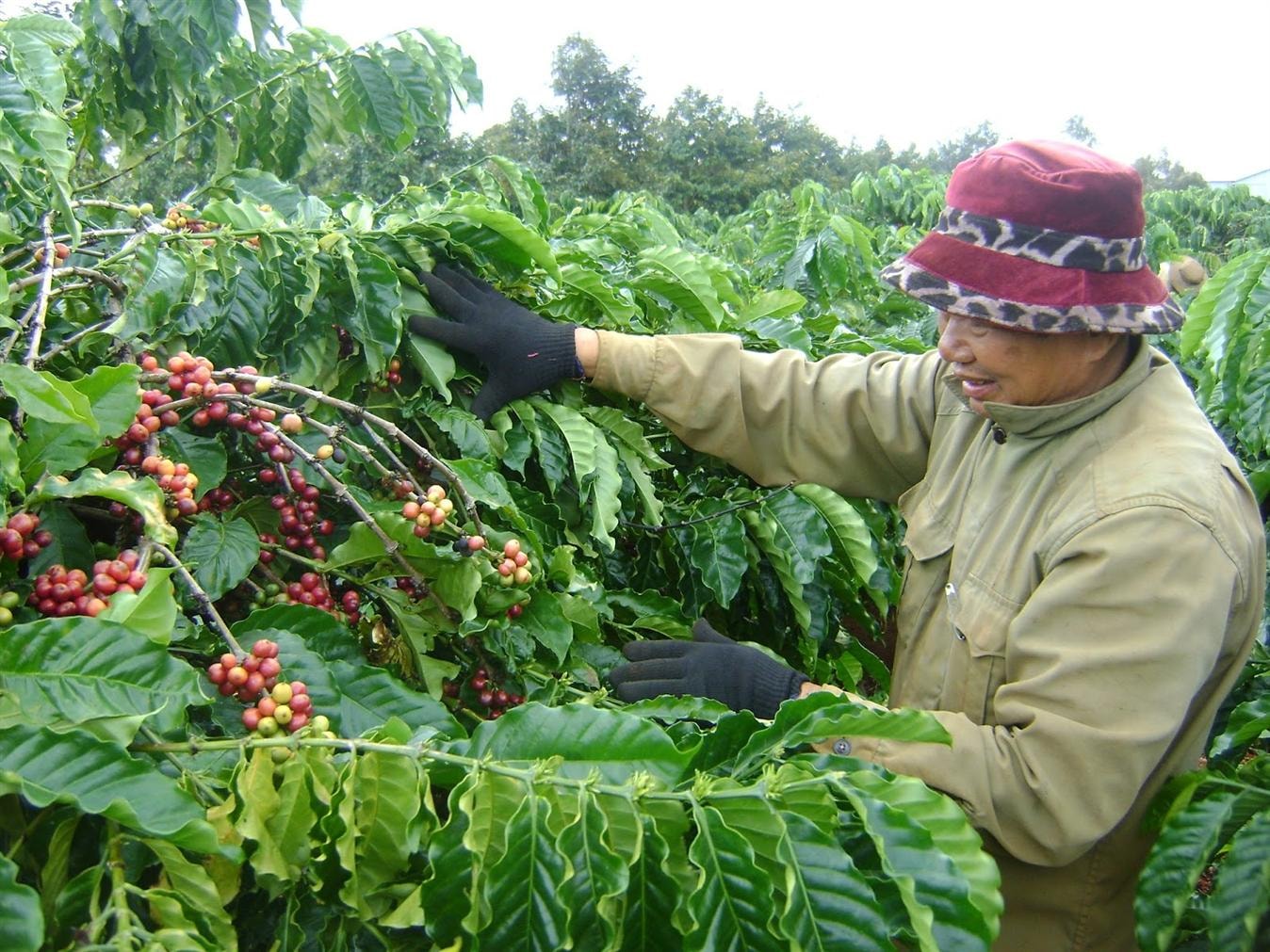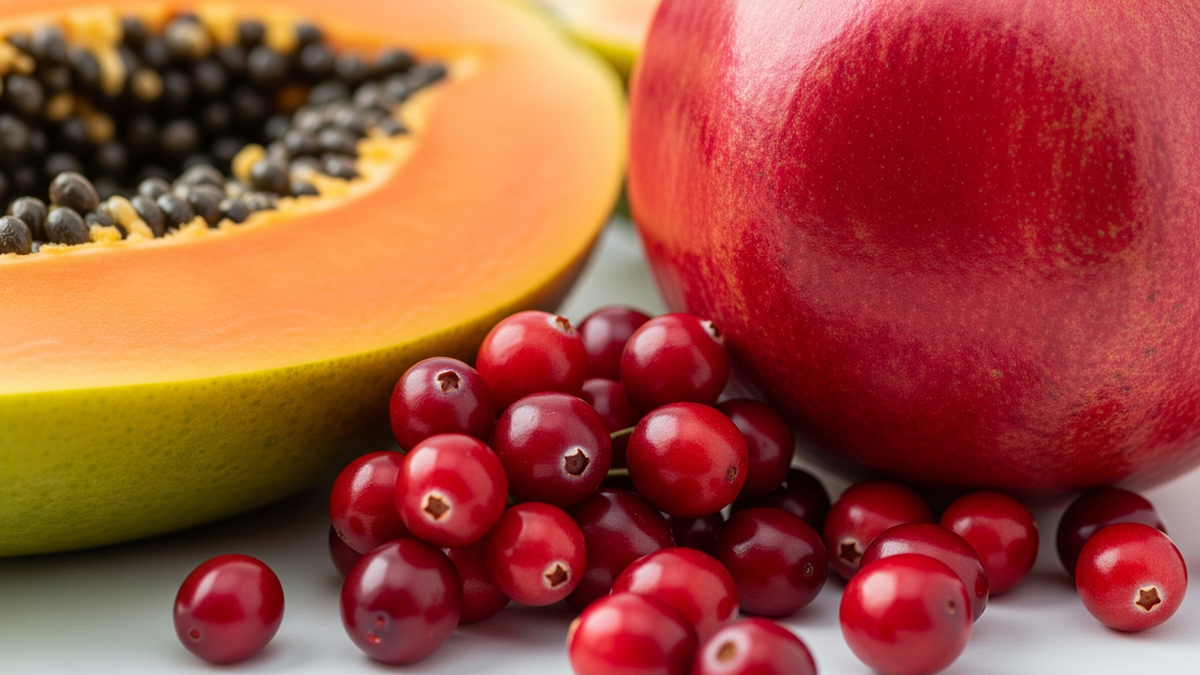Domestic coffee prices today
Domestic coffee prices today, July 12, in the Central Highlands region have dropped sharply, fluctuating between 89,500 - 90,300 VND/kg.
Accordingly, traders in Dak Nong province are purchasing coffee at 90,300 VND/kg. A sharp decrease of 2,300 VND/kg compared to yesterday.
Similarly, coffee price in Dak Lak province is 90,300 VND/kg, down 2,300 VND/kg compared to yesterday.
Coffee prices in Gia Lai province decreased by VND2,300/kg compared to yesterday and were traded at VND90,200/kg.
In Lam Dong province, coffee prices decreased by VND2,800/kg compared to yesterday and are at VND89,500/kg.

World coffee prices today
On the London exchange, the online price of Robusta coffee futures contract for September 2025 delivery closed this morning's trading session on July 12 at 3,290 USD/ton, continuing to decrease by 0.9% (30 USD/ton) compared to the previous trading session; the futures contract for November 2025 delivery decreased by 1.22% (40 USD/ton), down to 3,234 USD/ton.
In contrast, on the New York Stock Exchange, the price of Arabica coffee futures for September 2025 delivery increased by 0.45% (1.3 US cents/pound) to 289.1 US cents/pound; the contract for December 2025 delivery increased by 0.18% (0.5 US cents/pound) to 282.6 US cents/pound.
Since May, the price of Robusta coffee on the world market has dropped sharply by more than 2,000 USD/ton, equivalent to nearly 40%. This deep and rapid decline has led many people to compare coffee prices to “falling like an elevator”, while the previous increase was “climbing slowly like stairs”.
Mr. Tran Dinh Trong, Chairman of the Board of Directors and Director of the Ea Tu Fair Agricultural Service Cooperative (Dak Lak), said that coffee transactions have been quiet since the end of June due to large price fluctuations. Despite the sharp drop in prices, many farmers have not sold, hoping that prices will recover to VND150,000/kg.
According to Mr. Trong, those who store coffee to wait for prices to increase are like investors who bet on their own products. When investing, they have to accept the risk. Meanwhile, farmers who simply produce coffee are ready to close the deal without much hesitation, just need to sell it for a profit.
Coffee is a major export commodity, so prices depend largely on world market developments and financial speculation decisions. The market is therefore always unpredictable: there are years when the harvest is bad but prices still fall, and years when the harvest is good but prices rise.
According to Bloomberg, the US imported nearly $2 billion worth of coffee from Brazil in 2024. This amount accounts for about 30% of the coffee consumption demand in the US. Mr. Marcos Matos, CEO of the Brazilian Coffee Exporters Association (Cecafé), commented that this is a loss for Brazilian businesses and will lead to higher costs and greater inflation for US consumers.
Brazil is the world’s leading producer of Arabica coffee, a popular bean for Starbucks and other specialty coffee brands. Arabica prices have surged in the past year as adverse weather in Brazil disrupted supplies.
Robusta coffee prices, on the other hand, continue to fall due to oversupply, putting downward pressure on prices. According to Rabobank, a series of factors are causing prices to fall further, including a stronger US dollar, a weaker Brazilian real, favorable weather in Brazil that helps speed up harvests, and a market sentiment that is leaning towards a downward trend.
In Vietnam, domestic coffee prices continued to fall slightly this week. Traders attributed the decline to post-season trading, while global supplies are recovering thanks to increased output from Indonesia and Brazil.
Source: https://baonghean.vn/gia-ca-phe-hom-nay-12-7-giam-manh-roi-tu-do-khoi-moc-90-000-dong-10302110.html























![[Photo] National Assembly Chairman attends the seminar "Building and operating an international financial center and recommendations for Vietnam"](https://vphoto.vietnam.vn/thumb/1200x675/vietnam/resource/IMAGE/2025/7/28/76393436936e457db31ec84433289f72)













































































Comment (0)